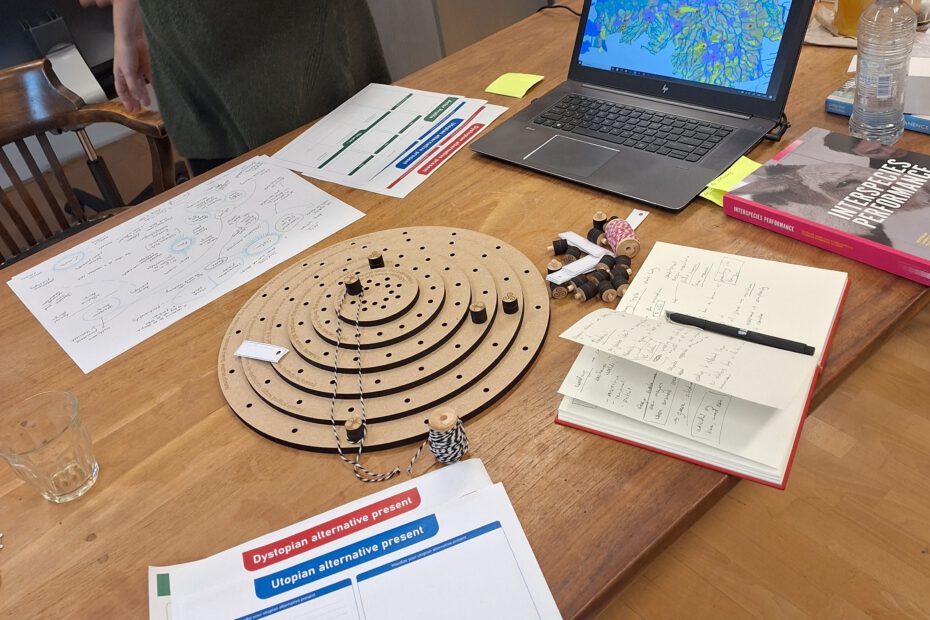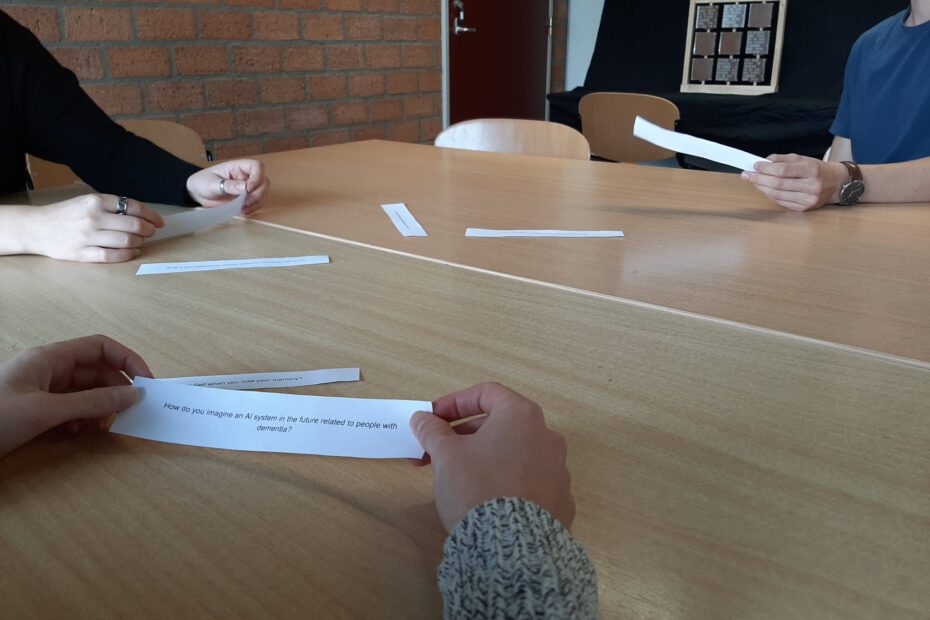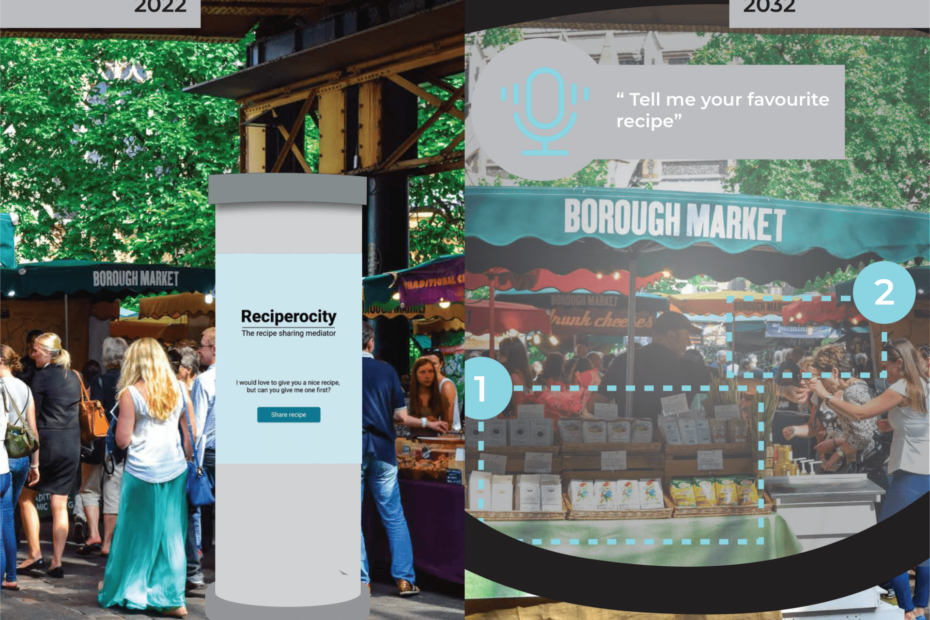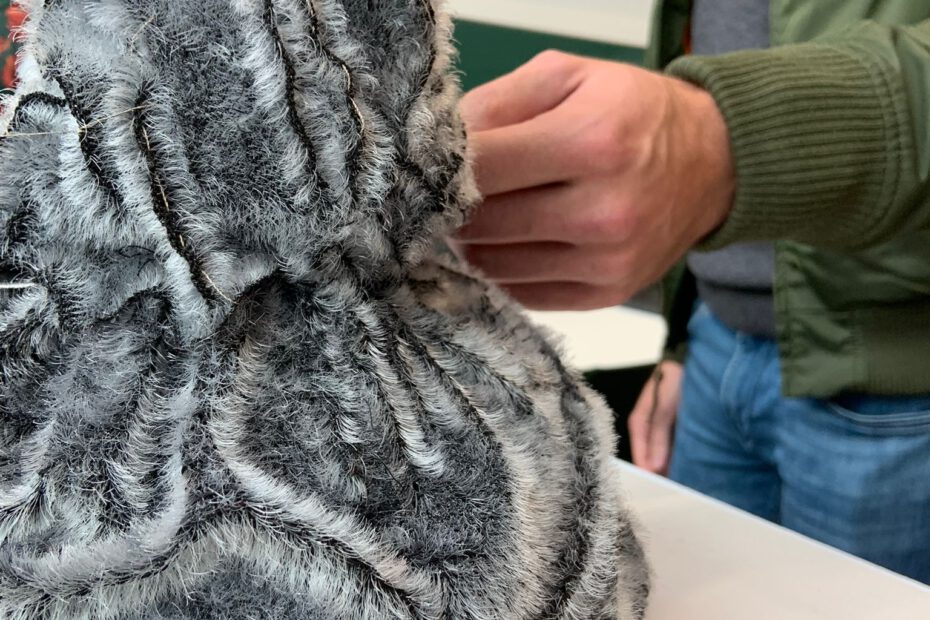Systemic Explorer / Speculative Envisioner / Strategic Planner
Scroll up to see my previous work
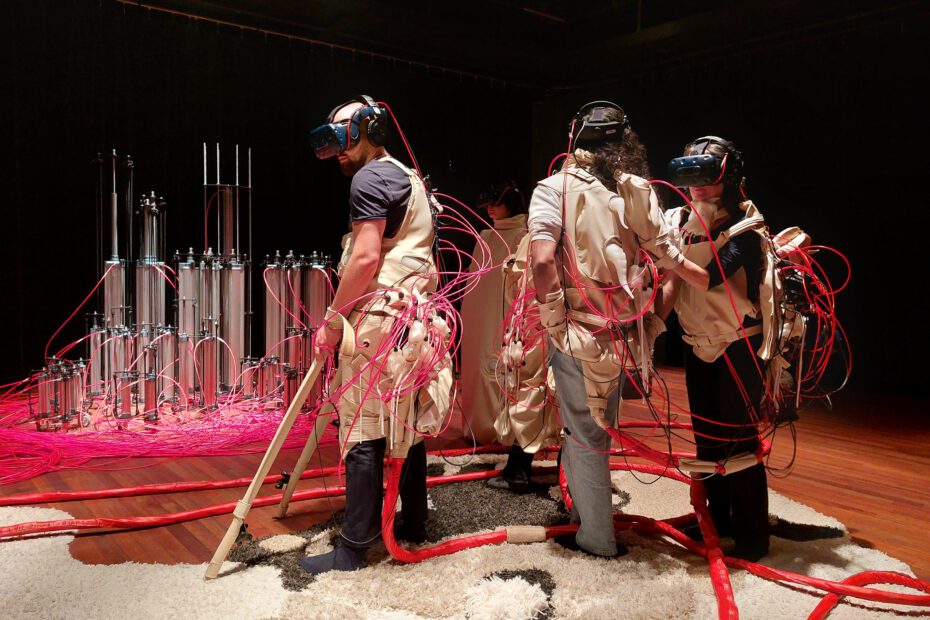
Soft robotics & Inflatables
Exploring posthuman thinking through designing a multisensory VR installation redefining the human body
Designing interactive interventions / Qualitative research / Constructive design research methods
Design Research Project - 2021
Theory-informed UX design / Prototype-driven research / Human-centered interaction systems
Design Project - 2021
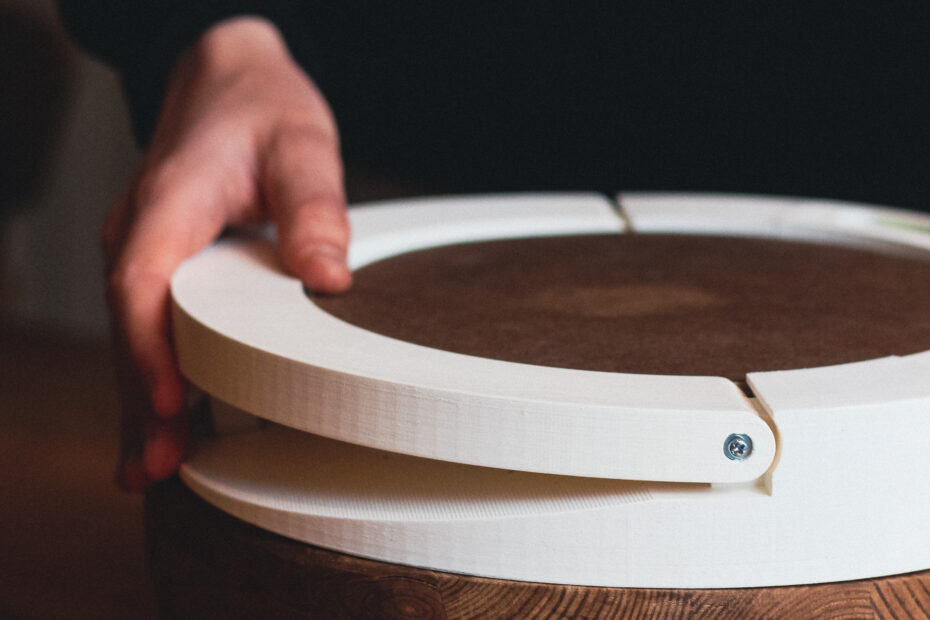
Interactive Speculative Design
Designing a speculative product to debate the future of powdered food preparation and consumption
2021
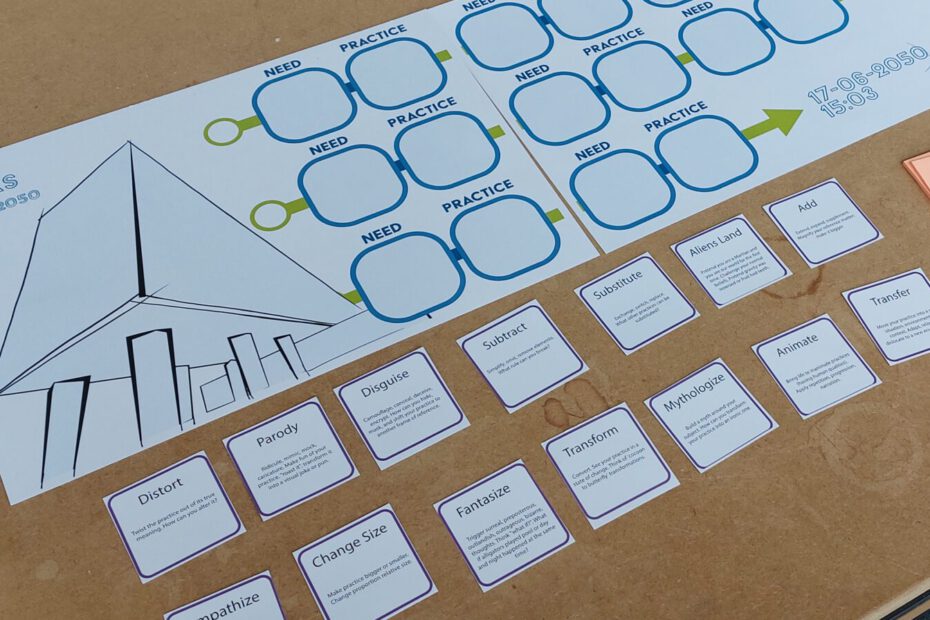
Co-speculation & Futuring
Breaking the cycle of needs through manipulation cards in a participatory futuring study
2022

Philosophy of Technology and Innovation
Developing a critical and ethical design approach through philosophical exploration of technology
2022
Hands-on material experimentation / Sensory design & emotional engagement / User perception analysis
Design Research Project - 2023
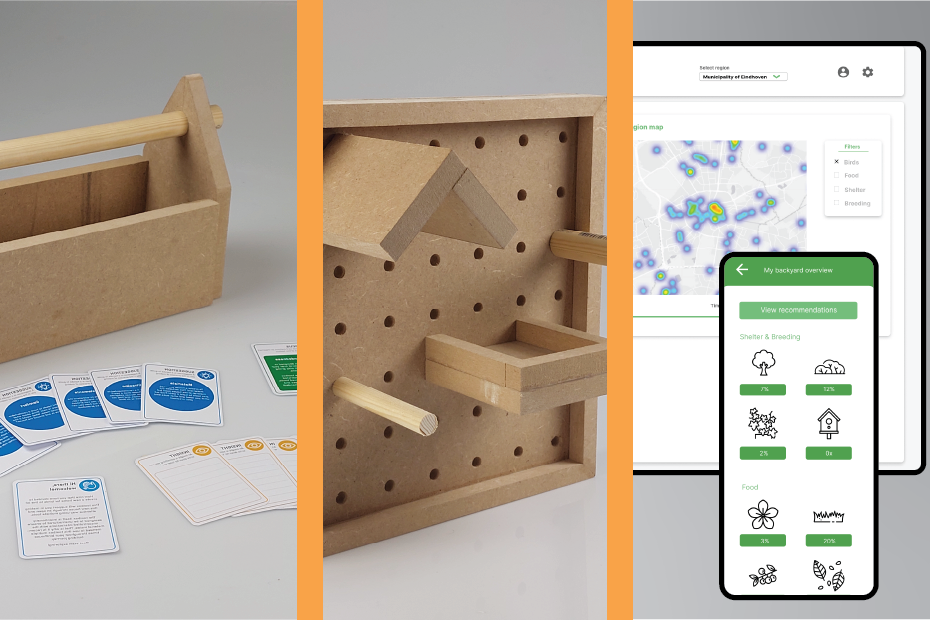
"Minor key" & More than Human Design
Exploring the minor key in both the design process and design within a more-than-human context
2023
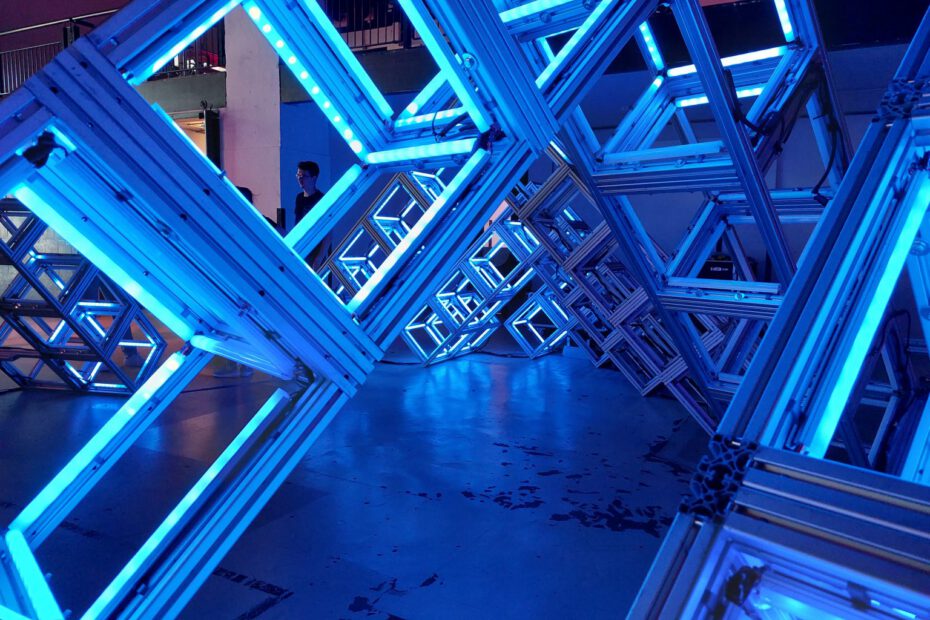
Immersive Light Design
Shaping narrative through light by concepting and prototyping interactive installations for public events
2023
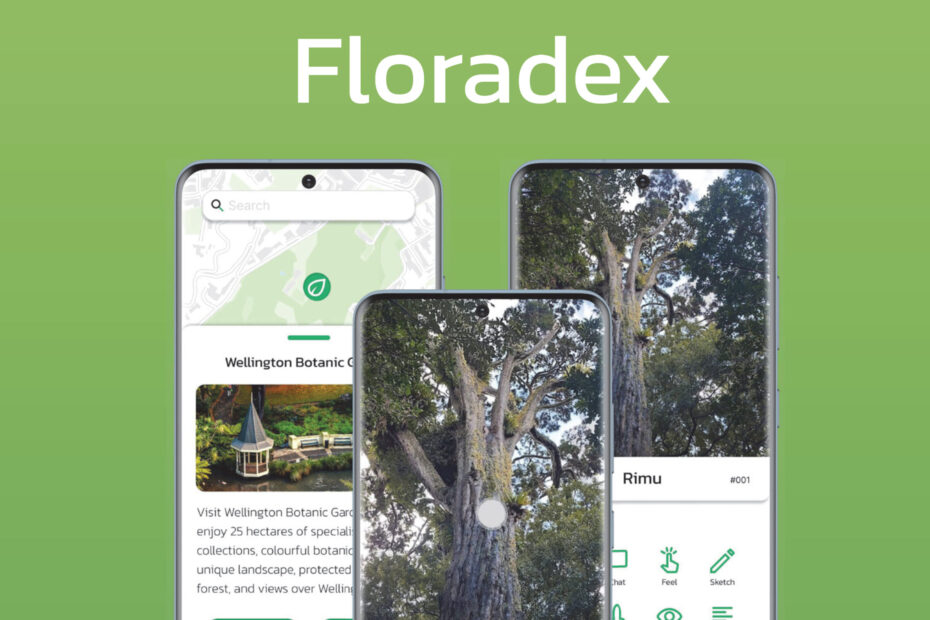
User Experience & Mātauranga Design
Improving the human-nature relationship in urban areas & including Māori worldviews in design
2023

Socio-ecological Design & Innovation
Exploring the worlds of socio-ecological innovation navigated by design philosophy correspondence
2025
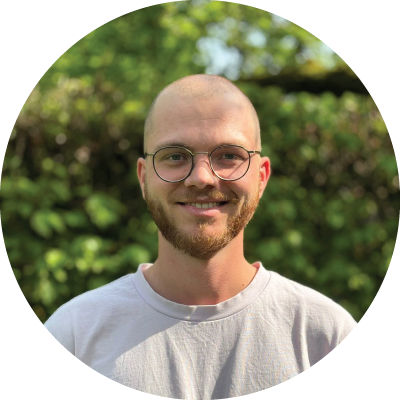
Creating meaningful experiences built on complex theory
/About me
I am a design researcher driven to find new ways of dealing with complex societal issues through a transdisciplinary attitude, bringing together systemic exploration, speculative envisioning, and strategic planning to support the creation of more socially and ecologically sustainable worlds.
/ My view on design
Design can act as a facilitator that pollinates multidisciplinary expertise, enabling new situated knowledge(s) to emerge. In this role, design becomes a space for shared thinking, shared sensing and shared decision-making. Supporting designers, users and stakeholders to take meaningful steps toward more just and socio-ecologically sustainable worlds.
